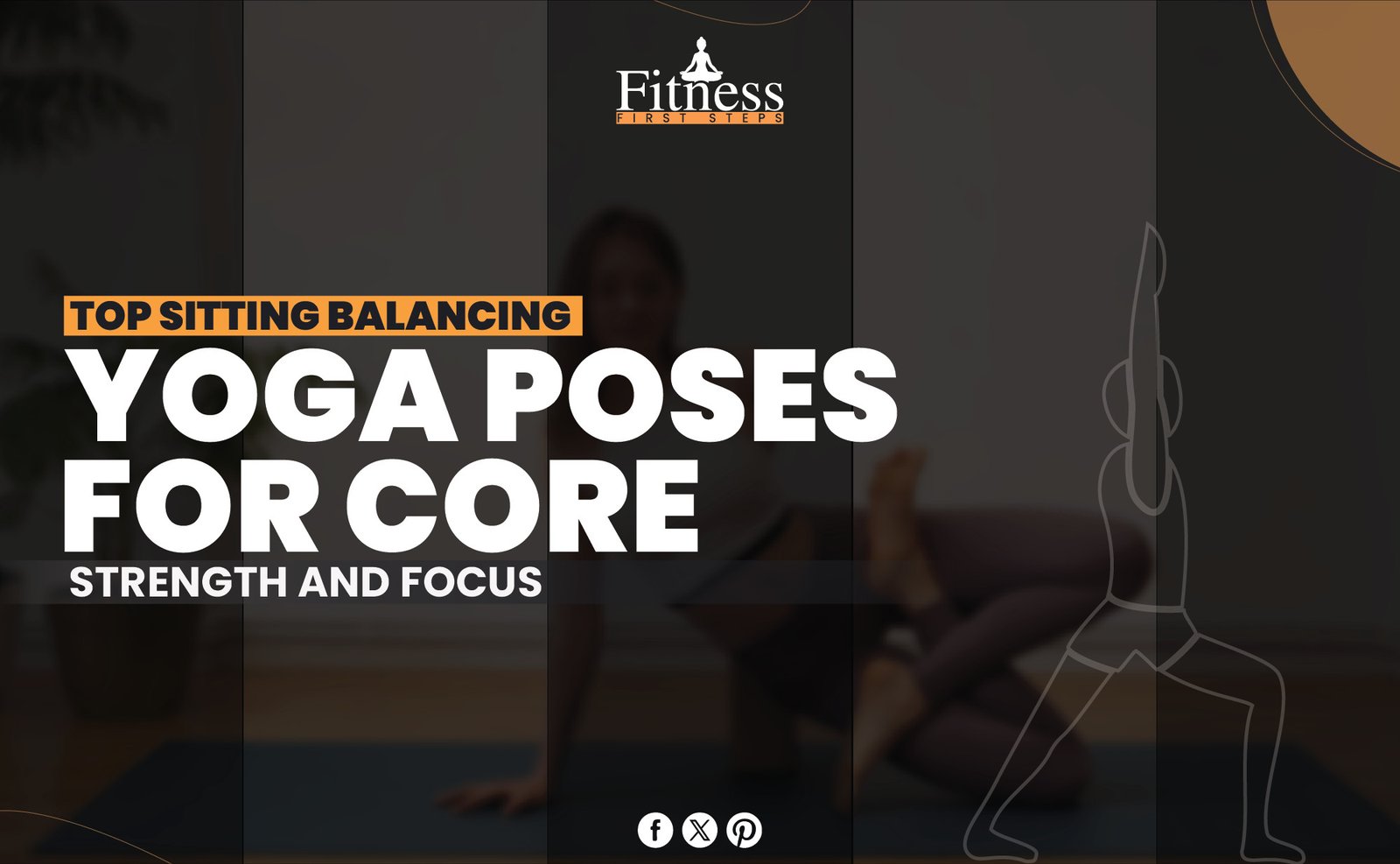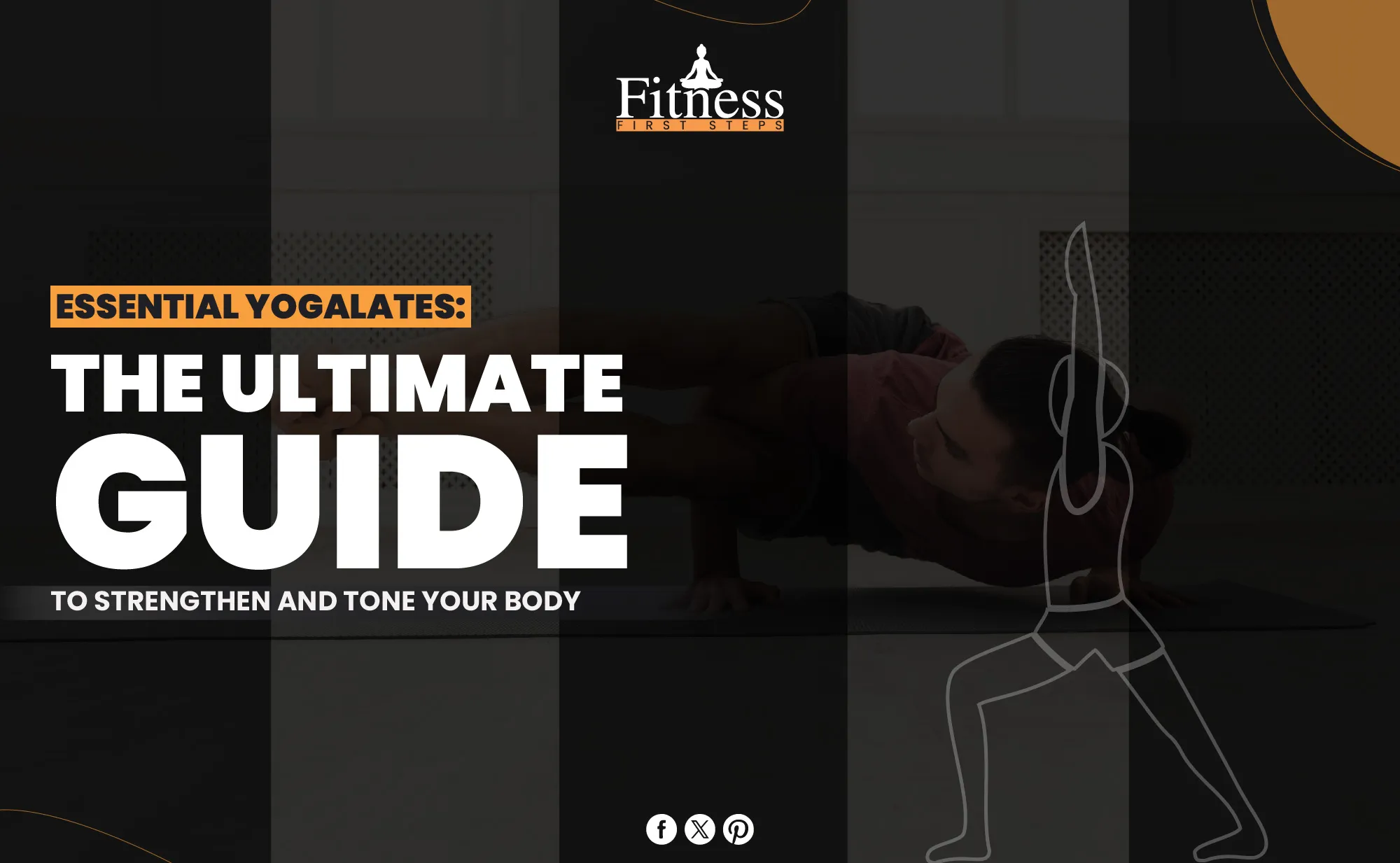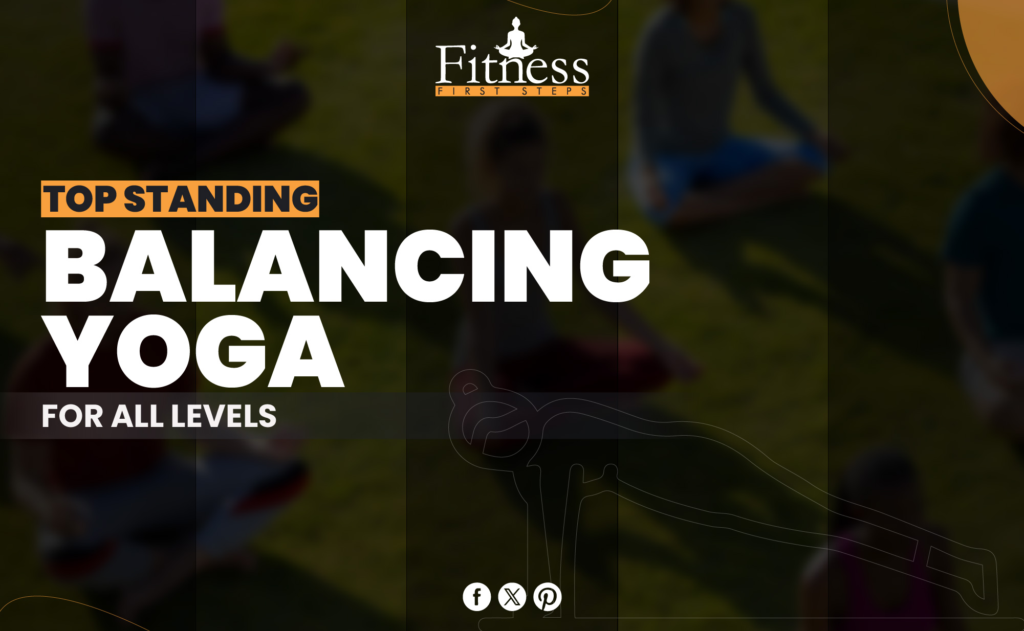Introduction
The old Indian civilizations are where yogic science got its start. It’s more than just physical poses; it’s a complete system that ties together life’s mental, spiritual, and physical parts. This long history allows us to study the vast areas of human consciousness and its potential, making it very useful in today’s busy world.
This study will show us yogic science’s deep thoughts and life-changing power. We will examine how its practices, such as asanas (postures), breathing, and meditation, improve overall health and well-being, make people more intelligent, and yogic science‘s deep thoughts and life-changing power to spiritual awakening.
You can read more about Prenatal Yoga.
Understanding Yogic Science
Ancient yogic science goes beyond physical practice. Understanding body, mind, and spirit’s interconnectedness is profound. This holistic approach believes physical health, mental clarity, and spiritual tranquility are intertwined. Yoga combines asanas (physical postures), pranayama (breath control techniques), dhyana (meditation), and ethical precepts to foster self-realization and harmony with the universe. Practicing these aspects allows people to discover inner serenity, explore their depths, and unlock their limitless potential.
Yogic science lies at the nexus of spirituality, philosophy, and practice. This discipline is a philosophical guide to purpose, balance, and harmony, not just physical health. Yoga promotes oneness and universal love through its spirituality, which connects one to oneself and the universe. Its philosophy draws on the Vedas, Upanishads, and Bhagavad Gita to explain existence, the self, and the cosmos. Breathing, meditation, and physical postures are practical ways to improve health, manage stress, and develop mindfulness and self-discipline.
Yoga is enriched by its ancient Indian roots and philosophy. This philosophy was formed thousands of years ago by sages and practitioners who examined the human situation to find ways to overcome suffering and achieve liberation. These ancient traditions emphasize the holistic relationship between the soul (Atman) and the universal spirit (Brahman), a central principle of yogic philosophy. This rich historical context gives a solid foundation for comprehending human experience and navigating modern life.
The Core Principles of Yogic Science
Union of Mind, Body, and Spirit
Embracing the holistic nature of yoga:
Yoga is more than just a set of exercises; it’s a whole method that combines the body, mind, and spirit. Asanas improve strength and flexibility in the body, meditation makes the mind clear and calm, and spiritual lessons lead to self-awareness and enlightenment. This combination of habits creates a balance for your health and well-being.
Cultivating harmony and balance:
In yogic philosophy, balance includes more than just physical balance. It also includes mental and energetic balance. Asanas and pranayama help the flow of prana, or life force, which helps to align the body’s energies and create harmony and vigor. A calm mind, a healthy body, and a spirit in tune with its greater purpose are all signs of this inner alignment.
Enhancing Self-Realization and Awareness:
Yogic science is about self-realization, a deep and introspective quest to discover oneself. Yoga helps people peel away ego and ignorance to gain a profound self-awareness that transcends physical life. This road of self-discovery involves higher levels of awareness and understanding of the interconnection of all existence, which fosters compassion and empathy.
Promoting Health and Longevity:
Besides healing, yoga stresses renewal and maintenance for long-term health and energy. Yoga optimizes all bodily systems through asanas, pranayama, and Ayurvedic food. Yoga promotes a longer, healthier life by decreasing stress, detoxifying, and improving immunity. This holistic health concept complements modern medicine’s effectiveness in avoiding and treating chronic diseases.
Harnessing the Power of Breath
Pranayama practices:
One crucial part of yogic science is pranayama, which means “breath control.” This technique uses the breath to change the body’s energy flow. Using different breathing methods, practitioners can control their mental state, lower stress, and boost vitality. These exercises show how important breath is to physical, cognitive, and social health.
Connecting with the life force:
Breath is the direct link to prana, the life force that gives everything life. Pranayama exercises let this vital energy in so people who do them can use their inner sources of strength and power. People can reach higher levels of awareness, heal their bodies, and clear their minds by consciously breathing. This can pave the way for spiritual growth.
The Path of Meditation
Deepening Inner Peace and Concentration:
A second important part of yoga science is meditation, which can help you calm your mind, focus, and reach a deep state of inner peace. People who meditate regularly learn to rise above fleeting feelings and thoughts and get a higher level of awareness. This exercise makes it much easier to stay focused and calm by improving memory, concentration, and mental clarity.
Exploring the Mind’s Potential:
Meditation not only quiets the mind, which is always talking, but it also lets you explore the vast potential that lies inside. It helps people better understand the mind’s workings and patterns, which allows them to use their minds more successfully. When you meditate regularly, you can reach higher levels of awareness and intuition, which can help you find new ideas and knowledge.
The Science Behind Yogic Techniques
Asanas: The Art of Postures
Exploring the therapeutic benefits of yoga poses:
Practicing yogic science exercises, or asanas, is more than just working out your body. They are meant to make you stronger and calmer. Aiming to work out specific muscle groups, increase flexibility, and improve balance, each pose is carefully designed. Beyond the physical, asanas are also beneficial. They help the body release stress and tension, which calms and relaxes the mind.
Aligning the physical and energetic bodies:
Asanas do more than change how you look; aligning your physical and energetic bodies also plays a crucial role in boosting your energy and improving your general health. This position makes it easier for prana, or life energy, to move freely through the body by clearing blockages and balancing the chakras. Chakras are energy centers essential for keeping the body and mind healthy.
Cultivating mindfulness and presence:
Asana practice helps people become more mindful, meaning they pay full attention to their movements, breathing, and feelings in the present time. Mindfulness allows the body and mind to connect deeply, which makes you more present and aware in your daily life. People learn to be more mindful outside of yoga class by practicing regularly and improving their connection with others and themselves.
Supporting recovery and resilience:
Yoga asanas are also essential for healing and getting better. As you heal from injuries, deal with stress, or lessen the effects of mental health problems like anxiety and sadness, yoga is a gentle but effective way to get better. Asanas support the body’s natural resilience by making it easier to relax, lowering cortisol levels, and improving physiological processes. This helps the body heal faster and get back to balance.
Meditation and Mindfulness
Cultivating mental clarity and emotional resilience:
Yoga practice includes meditation as essential to finding inner peace and being present. Pratyahara supports people to develop mental clarity and emotional strength, which are necessary for dealing with life’s problems calmly. Individuals who meditate regularly learn to watch their thoughts and feelings without getting attached to them. This leads to a deep sense of stability and calm.
Harnessing the power of mindfulness:
Mindfulness means being present and nonjudgmental about ourselves and our surroundings. In yogic science, mindfulness is a lifestyle. It quiets the mind, helping practitioners connect with their inner selves and gain self-awareness—focused attention and awareness change perspective, deepening life appreciation.
Enhancing concentration and cognitive function:
Regularly practicing awareness and meditation makes it much easier to focus, pay attention, and think clearly. This improvement is because these techniques calm the mind, which makes it easier to concentrate and work quickly. Researchers have found that meditation can change the shape of the brain, especially in areas that deal with self-control, attention, and processing sensory information.
Promoting physical and emotional well-being:
Beyond improving your mental health, meditation and awareness can also help your physical and emotional health. Health benefits include lowering stress, dropping blood pressure, and boosting the immune system. Moreover, they build mental strength, which makes it easier to deal with anxiety, depression, and other emotional problems, resulting in a more balanced and satisfying life.
The Transformative Potential of Yogic Science
Physical Health and Well-Being
Enhancing flexibility, strength, and balance:
Physical health is greatly improved by doing yoga regularly because it makes you more flexible, stronger, and more balanced. In addition to strengthening the body to prevent accidents, this is a vital part of avoiding the illnesses of a sedentary lifestyle. Because yoga is inclusive, these benefits go beyond physical health and affect a person’s overall well-being.
Managing chronic conditions:
Many people know that yoga can help with healing and can be used to manage long-term diseases like diabetes, arthritis, and back pain. Yoga helps ease the symptoms of these conditions by encouraging relaxation and lowering stress. This improves quality of life and reduces the need for medicine.
Boosting cardiovascular health:
Combining physical exercise, lowering stress, and focusing on breathing in yoga is very good for heart health. Practices like pranayama (controlling your breath) and dynamic asana routines make your heart rate more variable, lower your blood pressure, and improve the health of your arteries. This reduces your risk of heart disease and stroke.
Supporting mental health:
Yoga is excellent for your body, but it’s also great for your mind. It helps control and lessen stress, anxiety, and sadness by making you feel calmer, boosting your mood, and making your brain work better overall. Yoga’s mindfulness and meditation practices can help you better view life, learn more about yourself, and deal with stress better.
Mental and Emotional Wellness
Alleviating stress and anxiety:
Yoga is a great way to deal with stress and worry because it helps you become emotionally strong and mentally clear through meditative practices and a focus on controlling your breath. Regular users often say that their stress levels decrease and their ability to deal with life’s problems improves.
Fostering a sense of inner peace and contentment:
Yoga helps people focus on themselves, which leads to a deep sense of inner peace and happiness. This change in viewpoint helps practitioners have a better outlook on life, significantly impacting their mental and emotional health.
Improving sleep quality:
One significant benefit of yoga is that it can help you sleep better. When done in the evening, the calming and quiet parts of yoga can help to relax the mind and body, making it easier to fall asleep and stay asleep all night. Regular yoga practice is linked to better sleep, which is essential for your health, your mind, and your quality of life as a whole.
Boosting self-esteem and body image:
Yoga teaches people to have a nonjudgmental relationship with their bodies, which means they learn to accept and appreciate their bodies no matter their shape or size. Being aware of and accepting of your body can make a big difference in your self-esteem and body image, which can help you have a better and more positive view of yourself.
Integrating Yogic Science into Daily Life
Practical Tips for Beginners
Starting a yoga practice:
For people who have never done yoga before, all they need to do to start is set aside a few minutes. At first, it’s essential to make a pattern that you can stick to, focusing on consistency over length. Setting reasonable goals, like doing short poses or meditating for 10 minutes daily, can help you build a practice that lasts and gets better over time.
Incorporating mindfulness into daily activities:
The present moment can be a part of everyday life by consciously bringing attention to it, even when doing something boring like eating. This practice makes you more present and aware of everything you do and helps you find moments of stillness in the middle of the chaos of everyday life.
Seeking guidance from experienced practitioners:
Getting tips and lessons from more experienced practitioners can be constructive for beginners in yoga. Joining a class or finding a mentor can help you get personalized advice, ensure you’re lining up correctly in poses, and improve your practice while keeping you safe. It also lets you join a community where you can share your stories and learn from people going through the same thing.
Creating a dedicated space for practice:
Setting aside a particular area of your home as your yoga place can significantly help your practice. This room doesn’t have to be big—just a yoga mat and a few blocks or bolsters on the floor are enough. A dedicated area keeps other things from getting in the way of your practice and creates a calm atmosphere that helps you concentrate. It becomes a place of refuge for mindfulness and relaxation.
Cultivating a Yogic Lifestyle
Nurturing self-care practices:
A yoga way of life stresses the importance of getting enough rest, eating well, and reflecting on your life regularly. People can support their physical, mental, and emotional health by paying attention to and respecting their bodies’ needs. This sets the stage for a healthy and balanced life.
Deepening spiritual connection:
Yoga is good for you in more ways than one. It encourages you to learn more about its profound lessons beyond the mat. This could mean reading old yogic texts, doing community service, or meditating and pranayama (breath control) to develop a deeper spiritual understanding and connection.
Engaging in regular meditation practice:
As a yogi, incorporating meditation into your daily life can significantly benefit your path by helping you understand the mind better and creating inner peace. Even a few minutes of meditation daily can help build greater focus, reduce stress, and promote emotional stability.
Practicing gratitude and positivity:
A grateful mood and a positive outlook are essential to a yogic way of life. People can shift their focus from what they don’t have to what they do have by actively recognizing and appreciating the good in their lives. This can make them happier and healthier.
Conclusion
The knowledge of yogic science guides people to health and happiness on all levels, including the physical, mental, and spiritual. It helps with everything, from making you more robust and flexible to peace of mind and clear thinking. While reducing stress and anxiety, improving sleep quality, boosting self-esteem, and deepening spiritual ties, yoga seems like a practice that can improve people’s lives.
We want everyone to try yoga, regardless of age, exercise level, or stage of life. Each person can learn about their body, mind, and spirit deeply and essentially with this powerful tool for self-discovery and personal growth. Regular exercise can help you find your inner strength, resilience, and compassion, leading to personal growth and help you reach your full potential.
We welcome you to discover yogic science’s profound insights and practical practices. Yoga has several practices to meet your goals, whether you want physical health, cerebral clarity, emotional stability, or spiritual awakening. This voyage can improve your well-being and happiness by introducing fresh discoveries and experiences that enrich your life.




